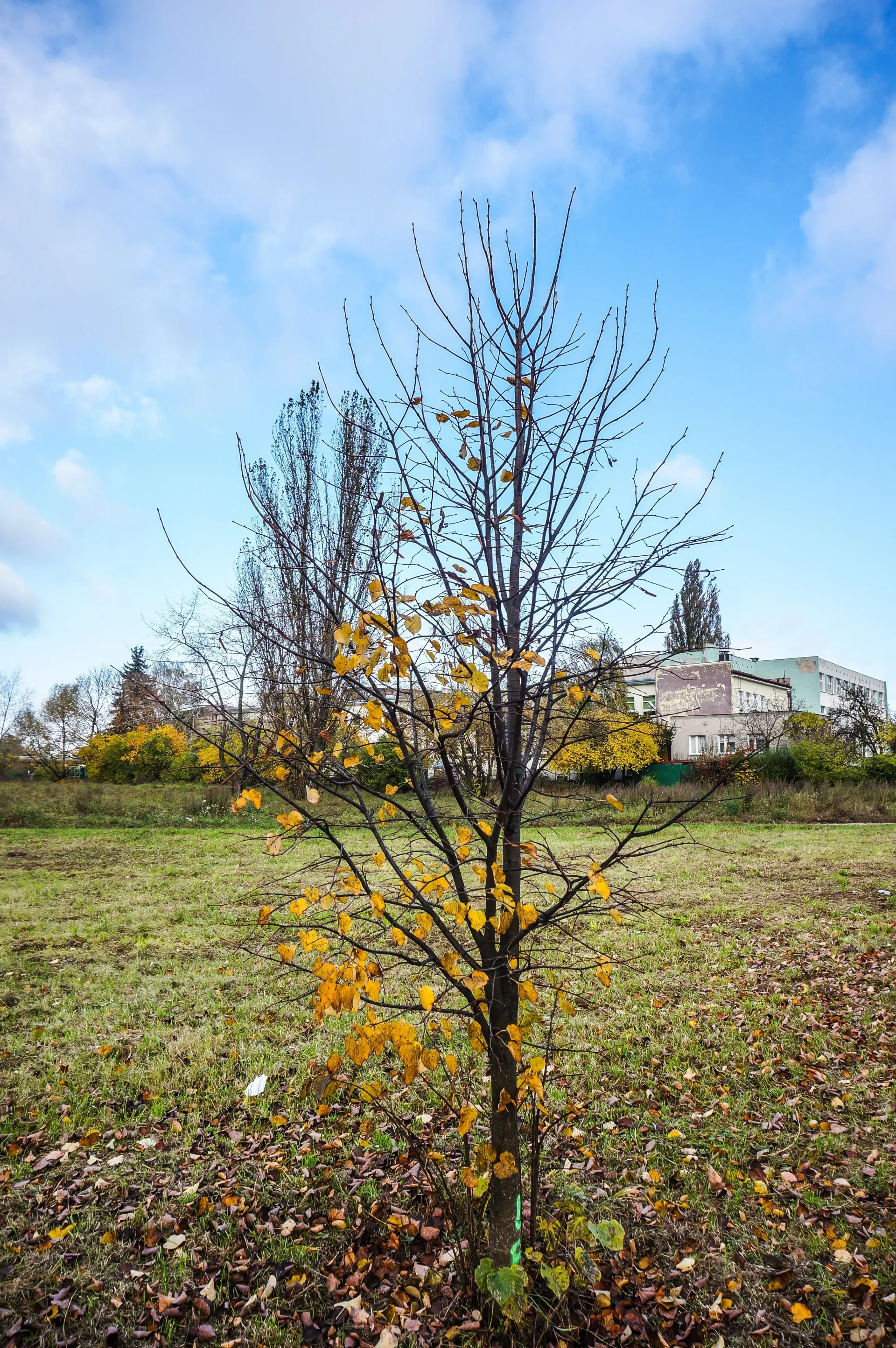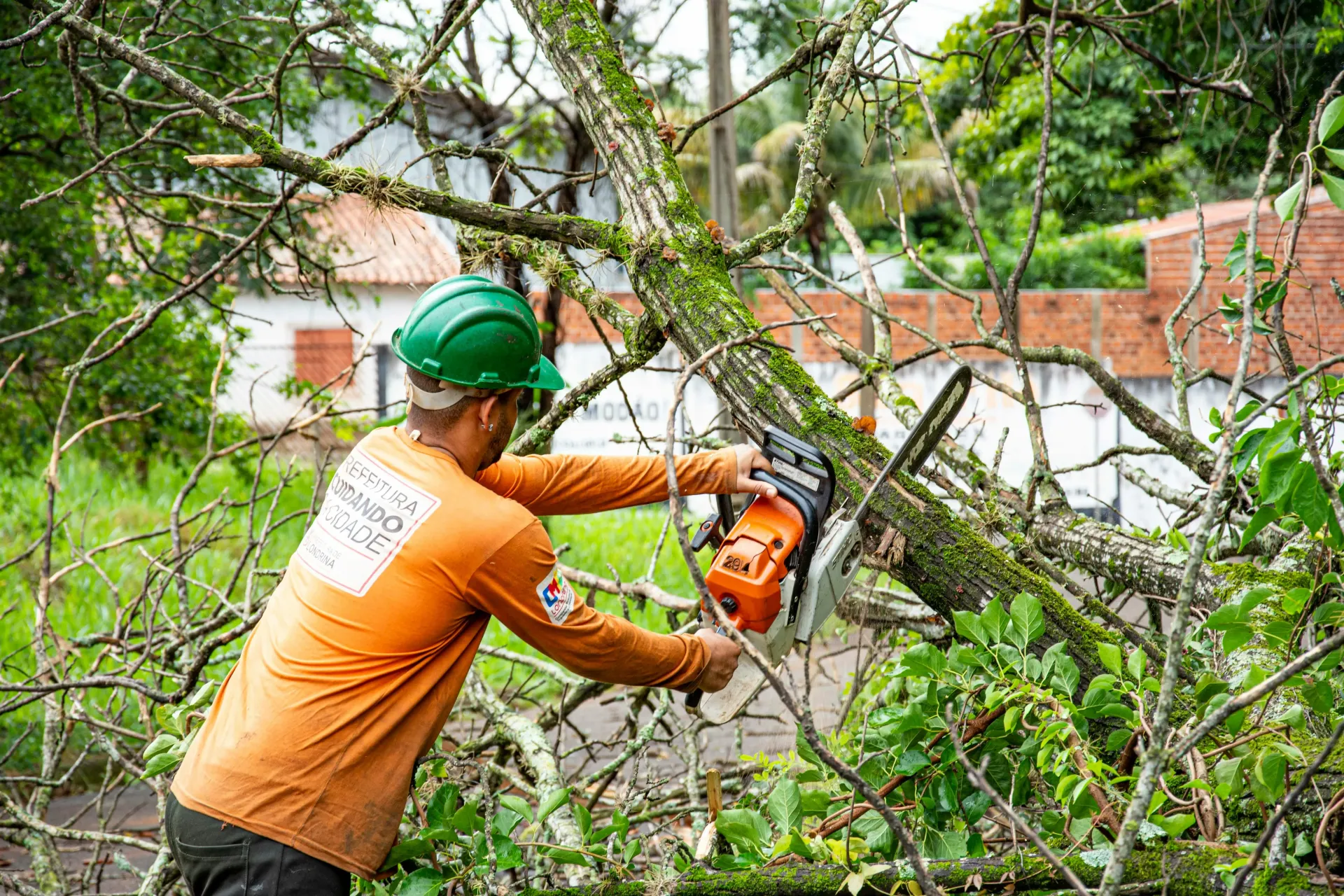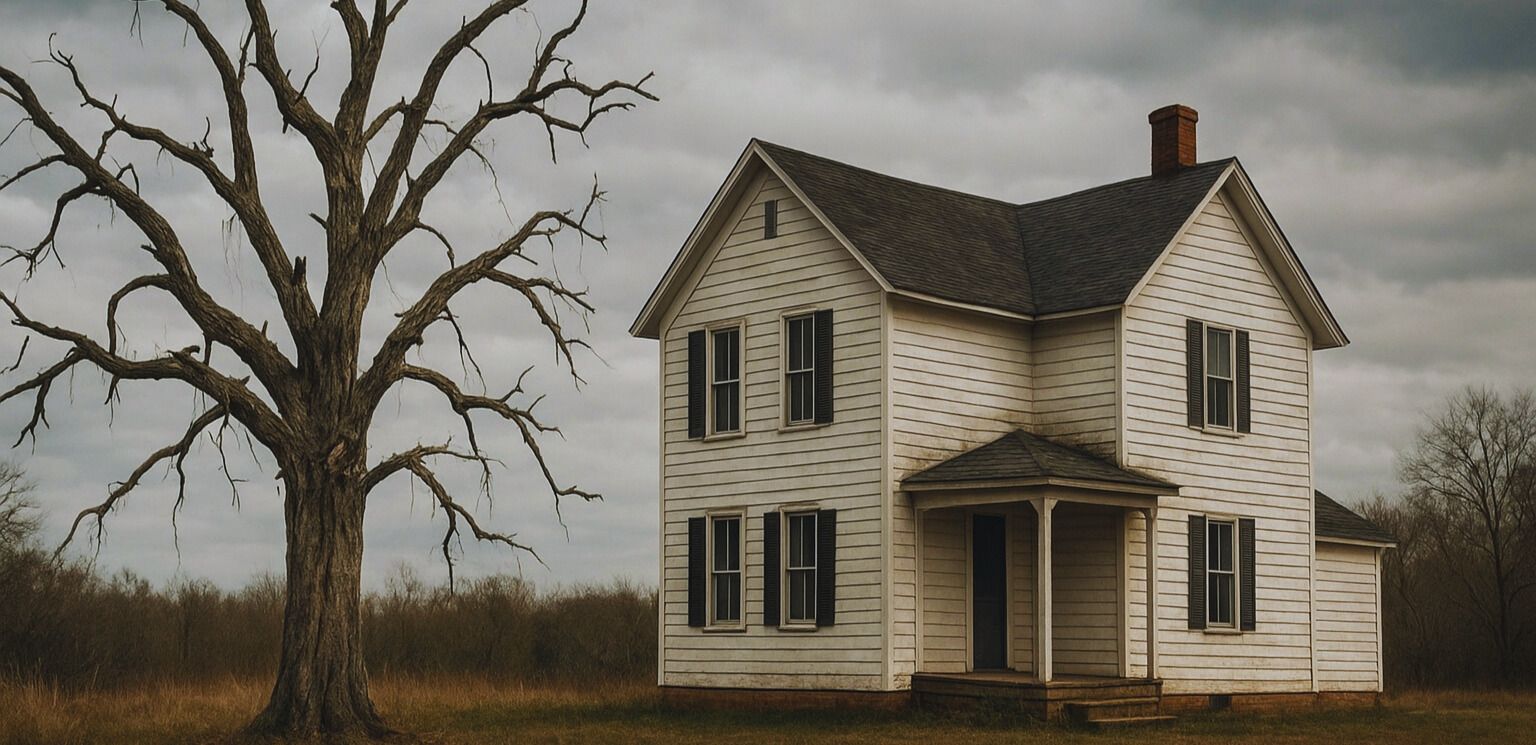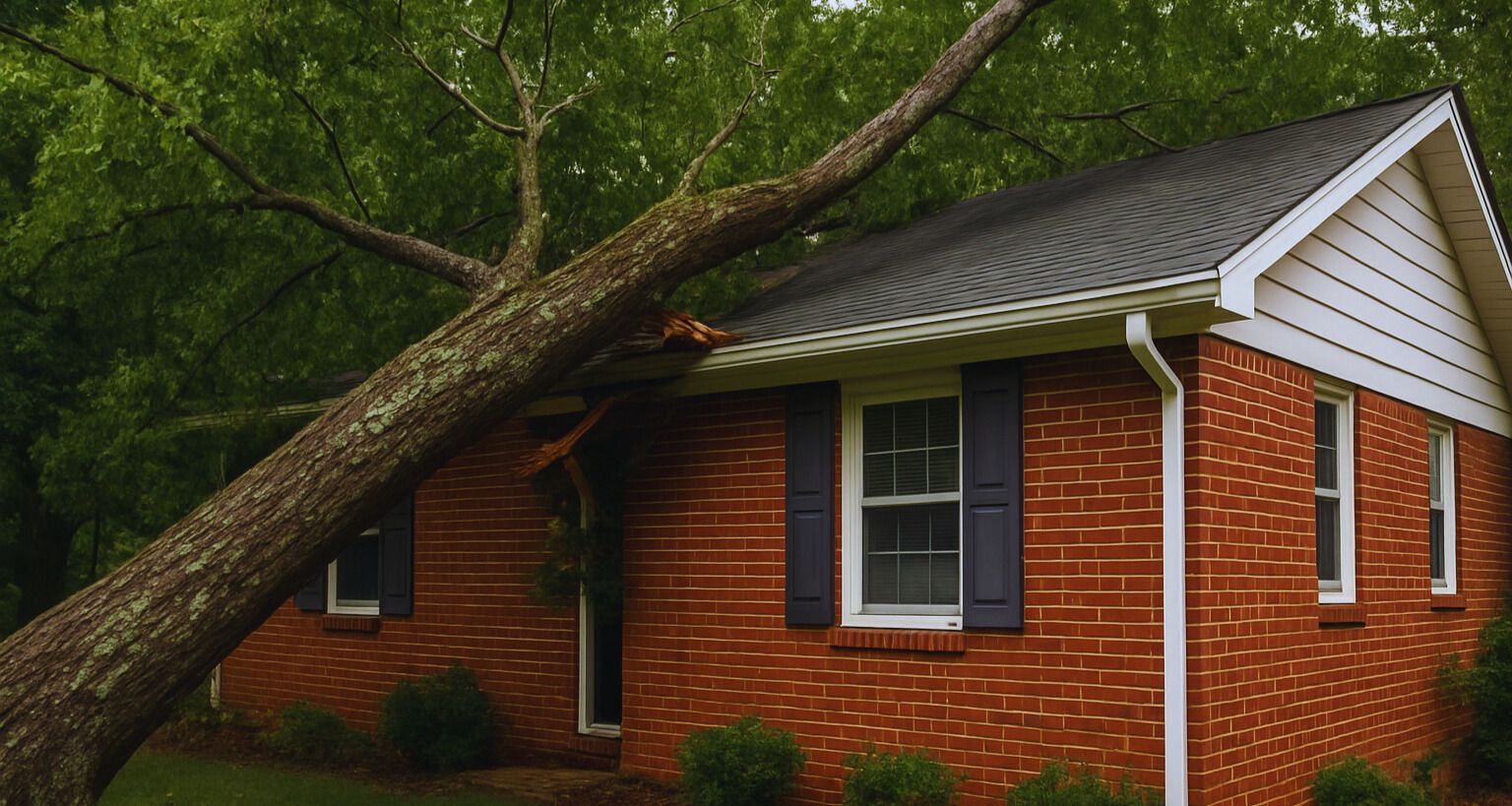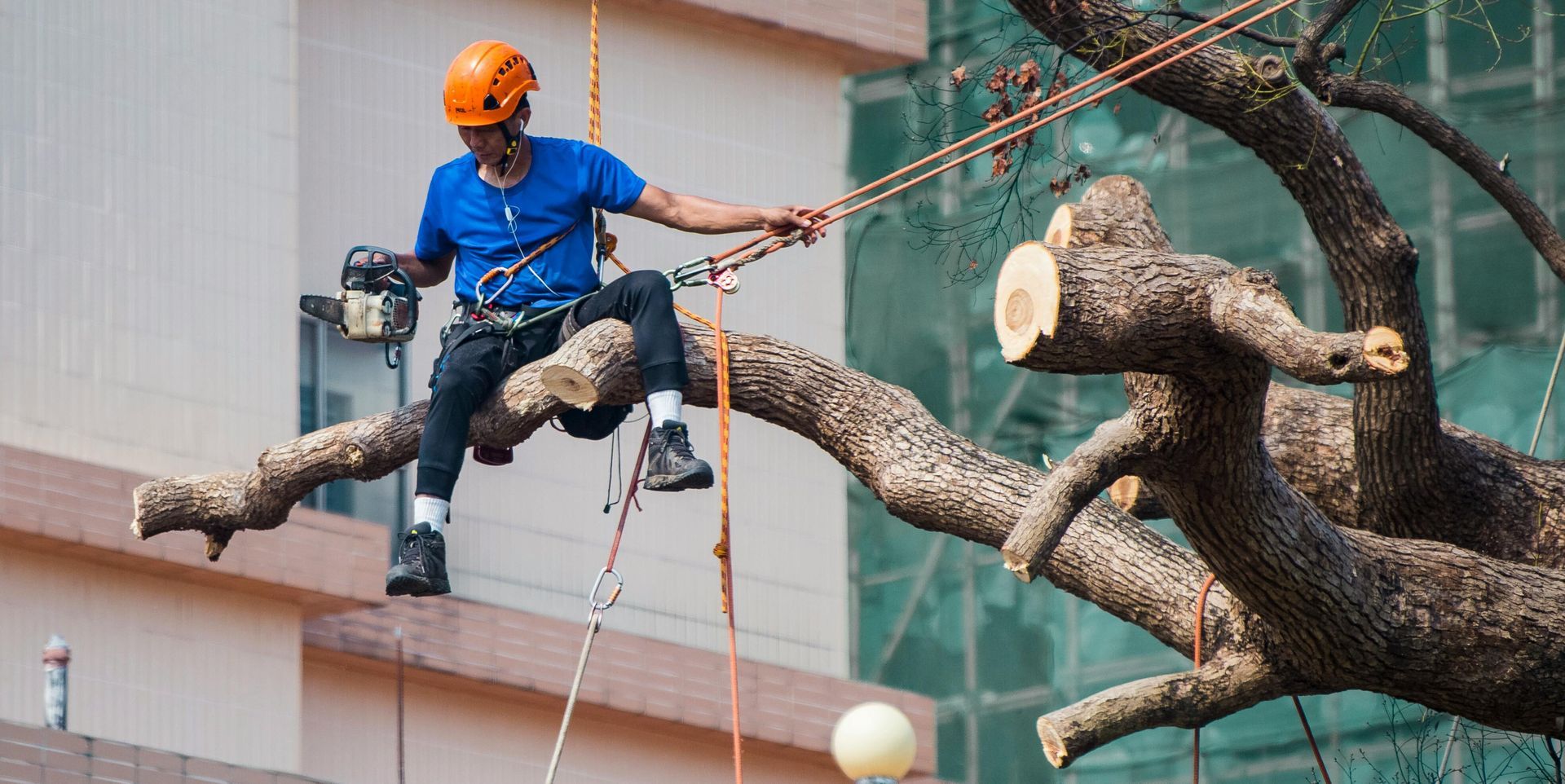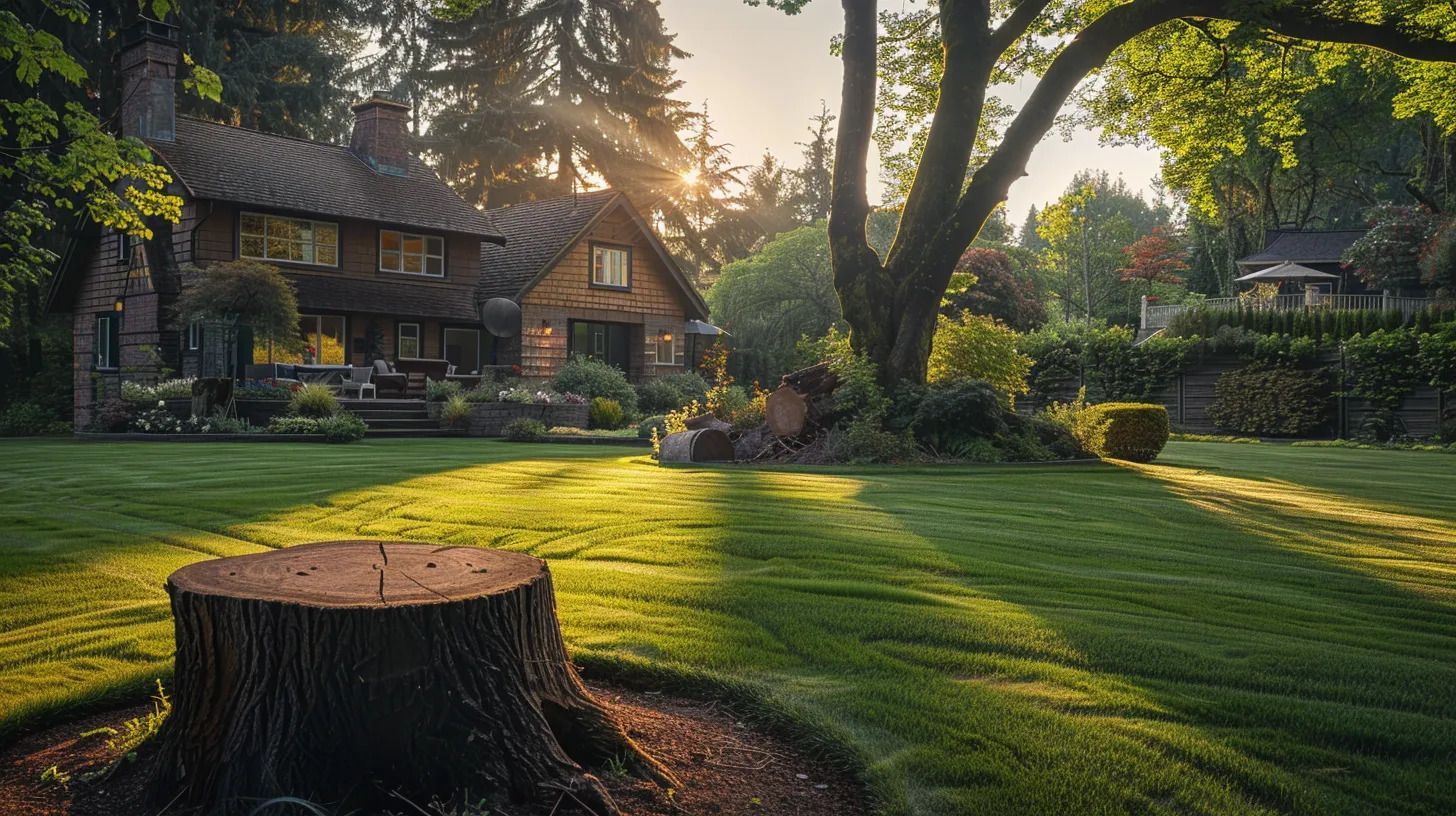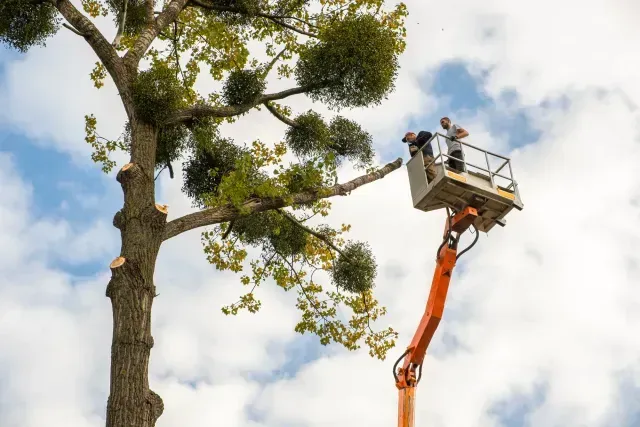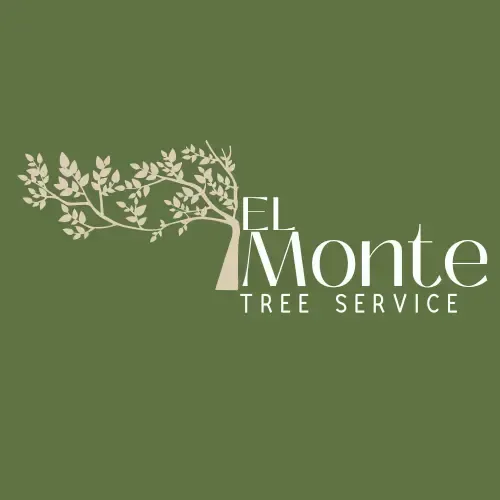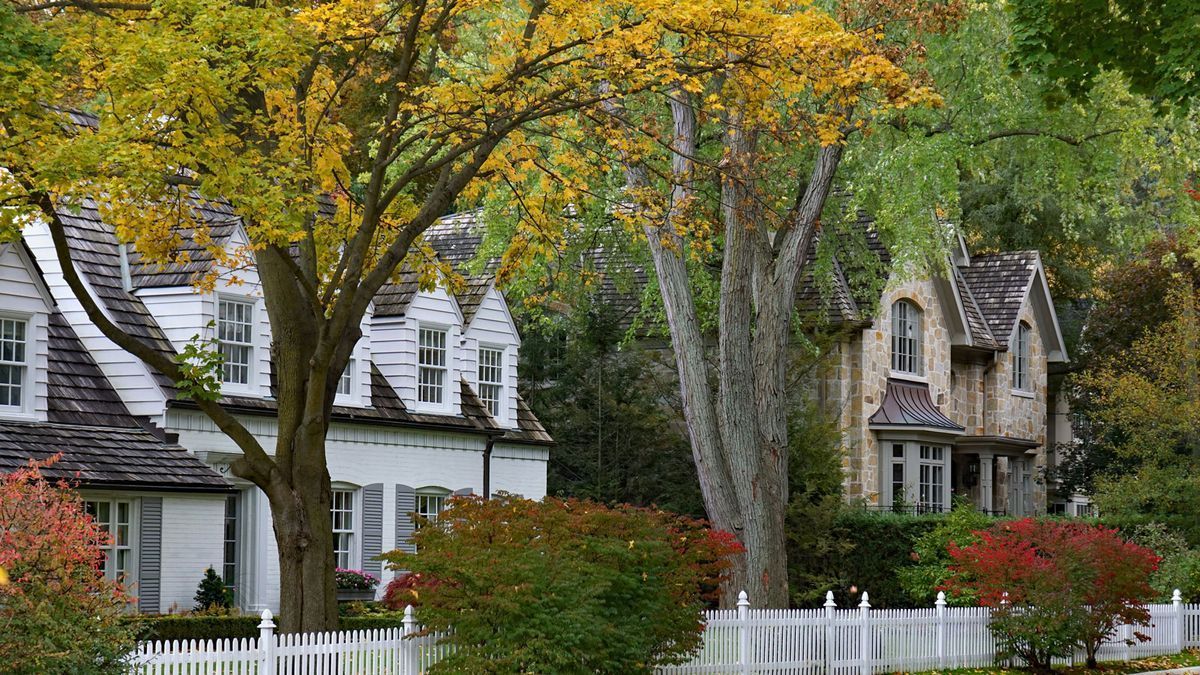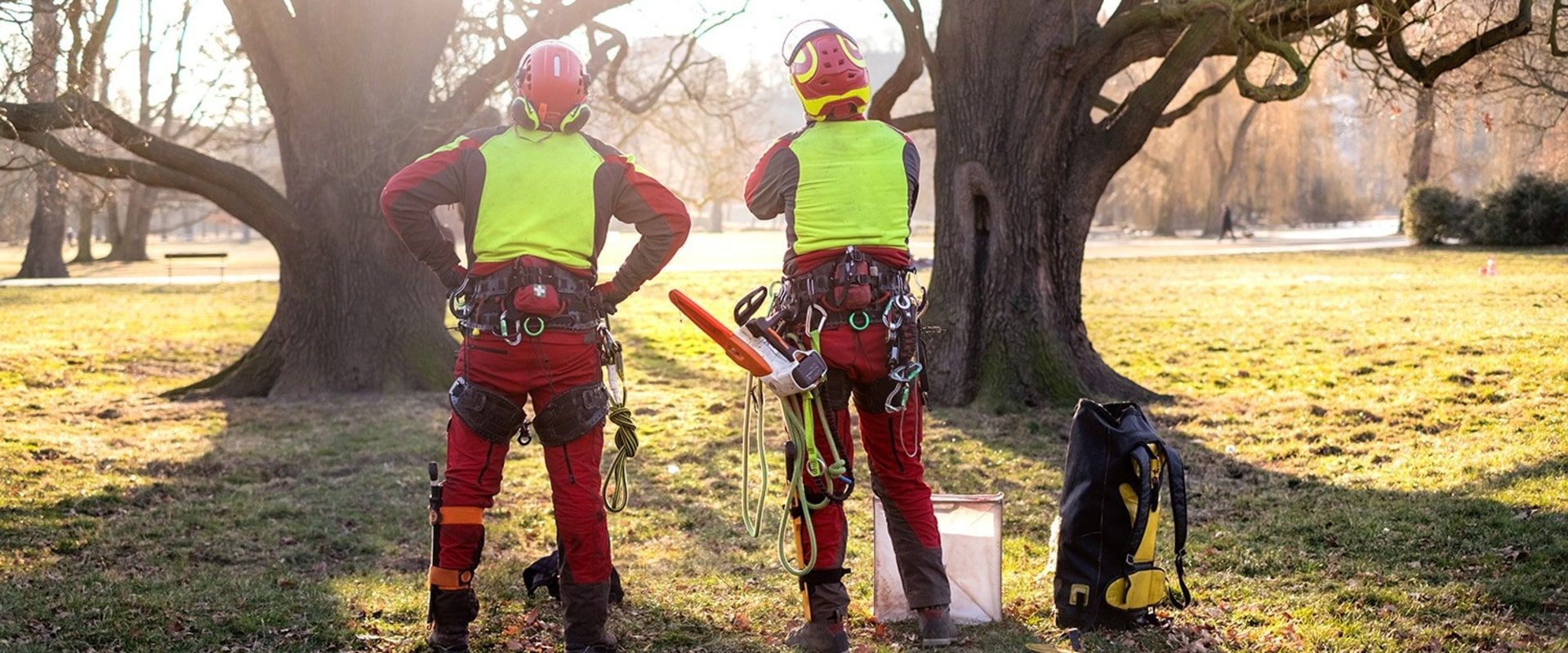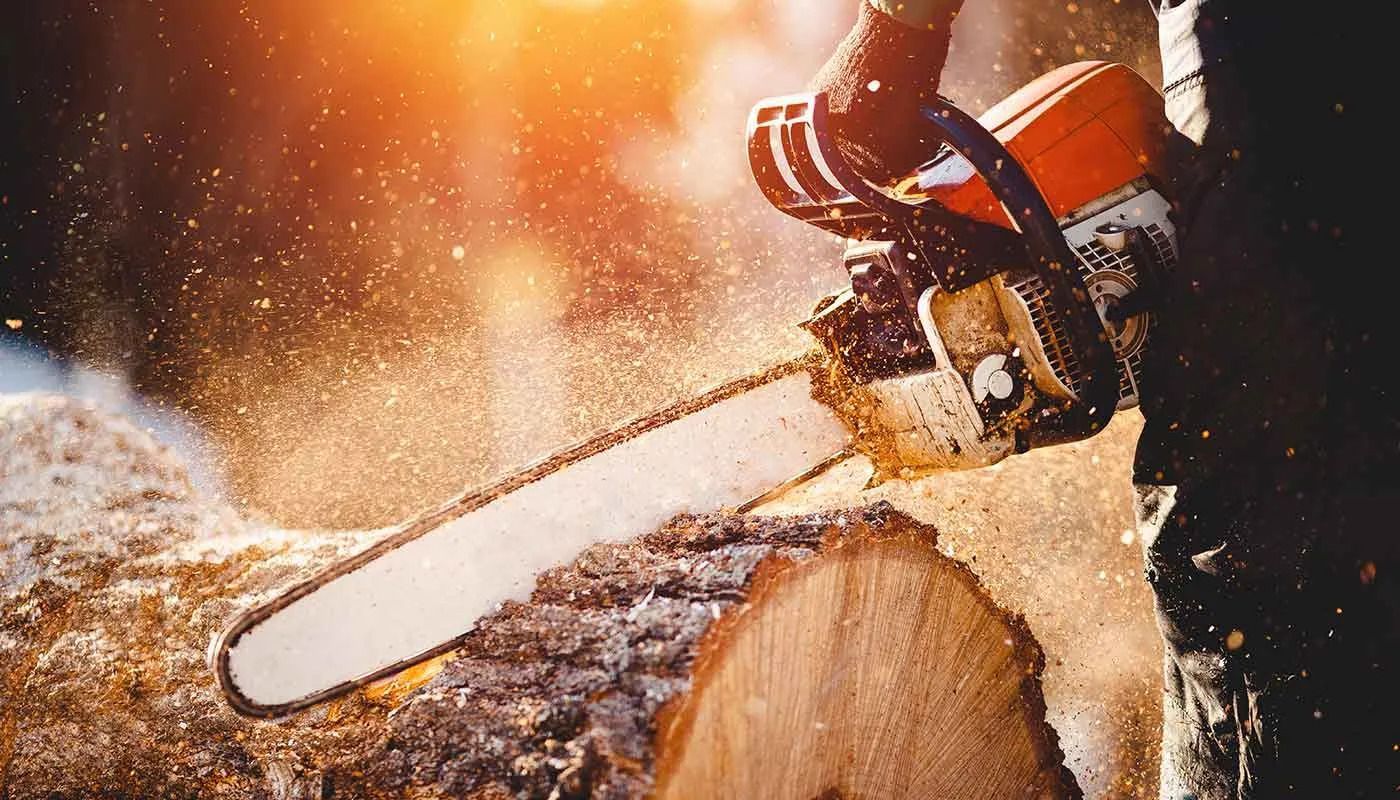Boost Your Home’s Aesthetic and Value Through Smart Tree Trimming
Your home’s exterior is the first thing people notice, and trees play a huge role in shaping that impression. But beyond beauty, did you know that smart tree trimming can actually increase your property’s value?
Properly trimmed trees add elegance to your landscape while ensuring tree health and safety. When done right, tree trimming turns unruly growth into structured beauty and adds thousands to your home’s appraisal. Whether you're prepping to sell or simply want a more inviting yard, smart trimming is a game changer.
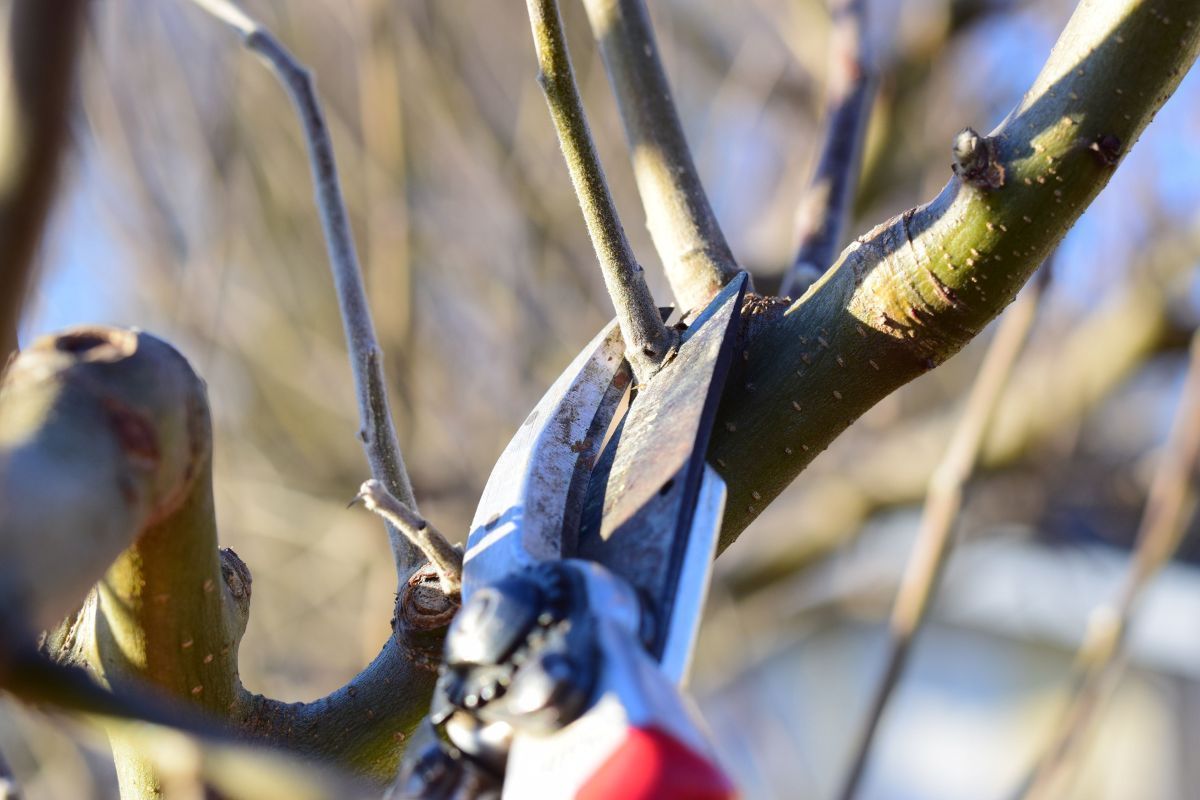
Why Tree Trimming Matters for Curb Appeal
Picture this: a beautiful house partially hidden by overgrown branches. Even the most stunning architecture can lose its charm when trees are left unmanaged.
Strategically pruned trees:
- Frame your house, making it more photogenic.
- Highlight architectural features.
- Keep the landscape clean and inviting.
Curb appeal isn't just about color palettes and porch decor—healthy, well-shaped trees are silent contributors to that picture-perfect look.
The Connection Between Property Value and Tree Health
Buyers often judge a property by its surroundings before stepping inside. According to real estate experts, mature trees can increase property value by up to 15%—but only if they’re well-maintained.
Healthy trees:
- Signal a well-cared-for home.
- Reduce cooling costs by providing shade.
- Prevent foundation damage with proper root management.
Trimming is part of maintaining that health. Dead limbs and wild branches tell buyers your yard is a burden instead of a benefit.
What is Smart Tree Trimming?
Smart tree trimming means cutting with a purpose—not just for looks but for long-term tree health. It involves:
- Crown thinning to let light and air flow through.
- Selective pruning to remove problem branches.
- Structural trimming to shape young trees for stronger growth.
It’s all about balance. The goal is a tree that’s both beautiful and biologically strong.
Common Tree Trimming Mistakes to Avoid
Not all trimming is helpful. Mistakes can:
- Shock or kill the tree.
- Create entry points for disease.
- Destroy natural shape.
Avoid:
- Topping: Removing the upper portion of a tree destroys its natural form.
- Over-pruning: Cutting too much at once can weaken the tree.
- Using dull tools: This leads to ragged cuts and increased vulnerability.
Signs Your Trees Need Trimming
Wondering if it’s time? Here are some clear signs:
- Branches hanging over your roof or driveway.
- Dead or diseased limbs.
- Misshaped or unbalanced canopy.
- Low-hanging branches obstructing walkways.
- Lack of light reaching your yard or garden.
Regular inspection helps catch these early.
Best Time of Year to Trim Your Trees
Timing depends on the species, but in general:
- Late winter to early spring is ideal for most trees.
- Avoid summer trimming unless necessary due to stress or damage.
- Fall is not recommended due to higher risk of disease.
Trimming at the right time ensures fast healing and better growth.
DIY Tree Trimming vs. Professional Tree Services
Thinking about grabbing a saw? Consider this:
DIY Pros:
- Cost-effective
- Immediate action
DIY Cons:
- Risk of injury
- Poor technique
- Possible long-term damage
Hiring a Tree Service ensures proper methods and results. Professionals come equipped with the right tools, experience, and safety measures.
How to Choose the Right Tree Service Provider
Before hiring, consider:
- Certifications: Look for ISA-certified arborists.
- Insurance: Ensure coverage for liability and workers’ comp.
- Reviews and references: Past customers speak volumes.
- Transparency: Honest quotes, written contracts, and safety protocols.
Use trusted providers like Monte Tree Service to get expert results.
Tools and Techniques Used in Professional Tree Trimming
Professionals use:
- Pole pruners for high branches.
- Loppers for medium-sized limbs.
- Chainsaws for heavy-duty cutting.
- Rope and saddle systems for climbing.
Techniques include:
- Drop-crotch pruning
- Crown cleaning
- Deadwooding
These approaches ensure clean cuts and optimal healing.
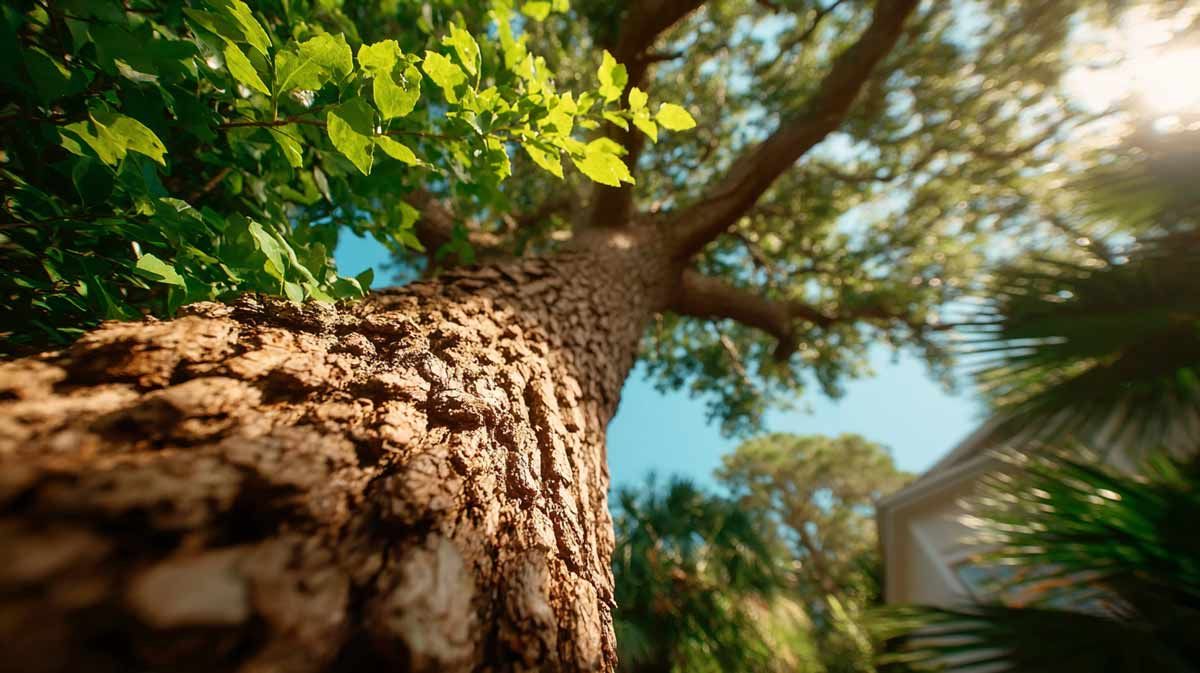
Aesthetic Benefits of Tree Trimming for Landscape Design
Smartly trimmed trees:
- Create symmetry and structure.
- Highlight flower beds and walkways.
- Open up views to features like fountains or patios.
When trees are shaped intentionally, they become art in your yard.
Improving Light and Airflow with Strategic Trimming
Dense canopies block sunlight, stunting lawn and garden growth. Thinning the crown allows:
- Better light penetration.
- Healthier undergrowth.
- Reduced mold and mildew.
Your home interior can also benefit. More sunlight filters in, reducing the need for artificial lighting during the day.
Boosting Safety Through Preventative Tree Maintenance
Untrimmed trees can cause:
- Broken windows.
- Damaged roofs.
- Power line interference.
Preventive trimming eliminates:
- Weak limbs.
- Storm hazards.
- Liability issues.
It’s not just about beauty—it's about protecting your investment.
Eco-Friendly Tree Trimming Practices
Go green with your trimming:
- Use manual tools where possible.
- Compost trimmed branches.
- Avoid chemicals near cuts.
- Hire eco-conscious services.
Small choices lead to big environmental benefits, and healthy trees support local ecosystems.
Smart Tree Trimming for Specific Tree Types
Each species has unique needs:
Tree Type Trimming Focus
Oak Seasonal care, avoid spring cuts
Maple Prevent sap bleeding
Fruit trees Shape for yield
Pine Remove dead inner branches
Knowing your trees helps you tailor your trimming schedule and style.
How Often Should You Trim Your Trees?
General guidelines:
- Young trees: Every 2–3 years to shape.
- Mature trees: Every 3–5 years.
- Fruit trees: Annually, for production.
Monitor growth and adjust as needed. When in doubt, call a pro.
Cost of Tree Trimming and Return on Investment (ROI)
Average costs range from $150 to $1,200, depending on size and location. While this may seem steep, trimming pays off in:
- Boosted resale value.
- Fewer future repairs.
- Lower energy bills.
The ROI often outweighs the initial spend.
Smart Tree Trimming: Case Studies & Success Stories
Case Study: Suburban Home in Austin, TX
Before:
- Overgrown trees blocked windows and walkways.
After:
- Strategic trimming opened up the yard, brightened rooms, and led to a 10% increase in property value during resale.
Case Study: Family Home in Oregon
Before:
- Unsafe limbs over the driveway.
After:
- Hazard removal and reshaping transformed the property and impressed potential buyers.
Smart trimming makes a visible and financial impact.
FAQs
How do I know which branches to trim?
Look for dead, crossing, or diseased branches. Also trim anything blocking structures or sunlight.
Can trimming hurt a tree?
If done improperly, yes. That’s why professional service is recommended.
How much does tree trimming cost?
It depends on size, location, and condition. Most homeowners pay between $250 and $600 per tree.
What tools do I need for DIY trimming?
At minimum: pruning shears, loppers, a hand saw, gloves, and safety goggles.
Can I trim my trees anytime?
No. Trimming during the wrong season can lead to disease or stress. Late winter is usually best.
Who should I contact for expert tree service?
Check out Monte Tree Service for reliable, professional help.
Conclusion
Smart tree trimming is more than a cosmetic fix—it’s a strategic move that enhances beauty, safety, and property value. Whether you're refining your yard or preparing for sale, trimmed trees elevate your entire home.
Don’t wait until overgrowth becomes a hazard or an eyesore. Whether you do it yourself or hire a Tree Service, start trimming smart. You’ll see—and feel—the difference.
Links
